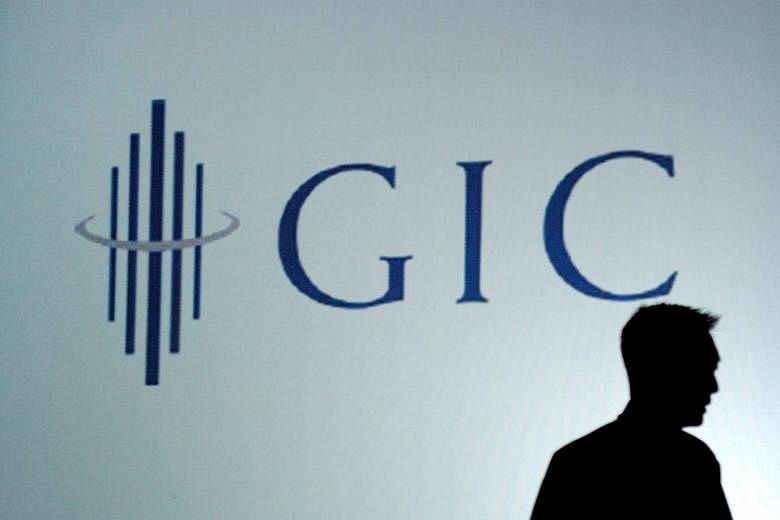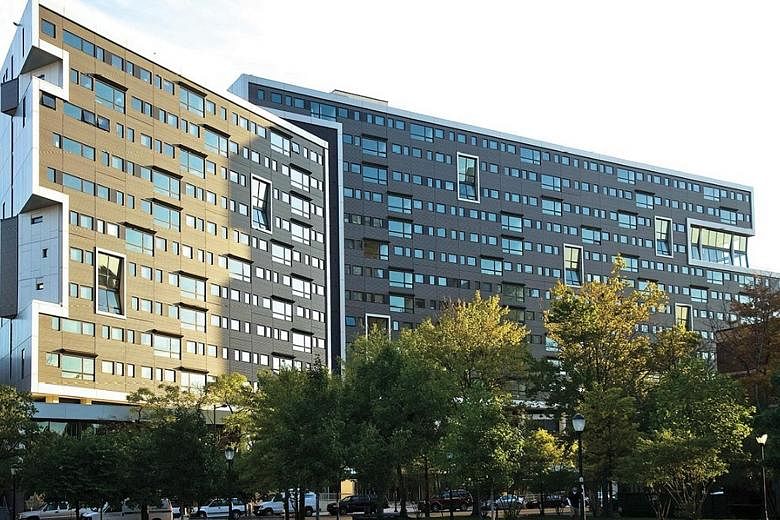Singapore sovereign wealth fund GIC recorded a dip in real returns in its latest annual review and warned of more challenging times ahead.
GIC's 20-year annualised real rate of return - its most important benchmark - was 4 per cent for the financial year ended March 31, down from the 4.9 per cent in the previous year.
This means that GIC enhanced its portfolio by an average return of 4 per cent per year, over and above the global inflation rate between April 1996 and March this year.
This comes as modest global growth prospects and low interest rates weigh on investment yields, said Mr Lim Chow Kiat, GIC's deputy group president and group chief investment officer.
Asset values have also been driven up by investors hunting for yield, which makes high returns harder to come by.
"These difficult investment conditions can stretch for the next 10 years," said Mr Lim.
GIC is the world's eighth-biggest sovereign wealth fund with US$344 billion (S$467 billion) of assets under management, estimates the Sovereign Wealth Fund Institute.
Mr Lim yesterday said the decline in GIC's latest 20-year annualised real rate of return was due in part to years being added and dropped as the 20-year window moves.
But prospects for returns are also not as good as they used to be from the 1980s to the 2000s, GIC said in its report. This is due to a difficult investment environment with modest growth prospects, greater uncertainty and a high degree of volatility.
There will be more choppy waters ahead, Mr Lim said. He pointed to high levels of debt in some countries, as well as limited monetary policy options to stimulate economies as many central banks have already cut interest rates to rock-bottom levels.
GIC chief economist Leslie Teo also noted that there are longer-term structural factors, such as ageing populations and a shrinking labour force in some countries, as well as lacklustre global productivity growth. Growth in developed economies like the United States is slowing, and China - the world's second largest economy - is no longer expanding at double-digit rates, Mr Teo added.
To prepare, Mr Lim said GIC has shifted towards a slightly more conservative portfolio mix over the past year to guard against rising volatility, by increasing its exposure to bonds and cash at the expense of equities.
GIC is also focusing on sourcing good "bottom up opportunities" - based on a specific company's fundamentals - as it aims to outperform other investors, he added.
DBS economist Irvin Seah said many investors come under pressure to search for higher returns in a low-yield, slow-growth environment. This is more risky, he noted, adding that GIC's approach should remain conservative.
"For GIC, it is important to take a longer term view and adopt a more prudent approach, even if it means lower returns," he added.
Separately, the annual report noted that corporate titan Koh Boon Hwee joined GIC's investment board on Jan 15 this year.




